The great outdoors just got a whole lot greater with the release of David Trubridge’s…
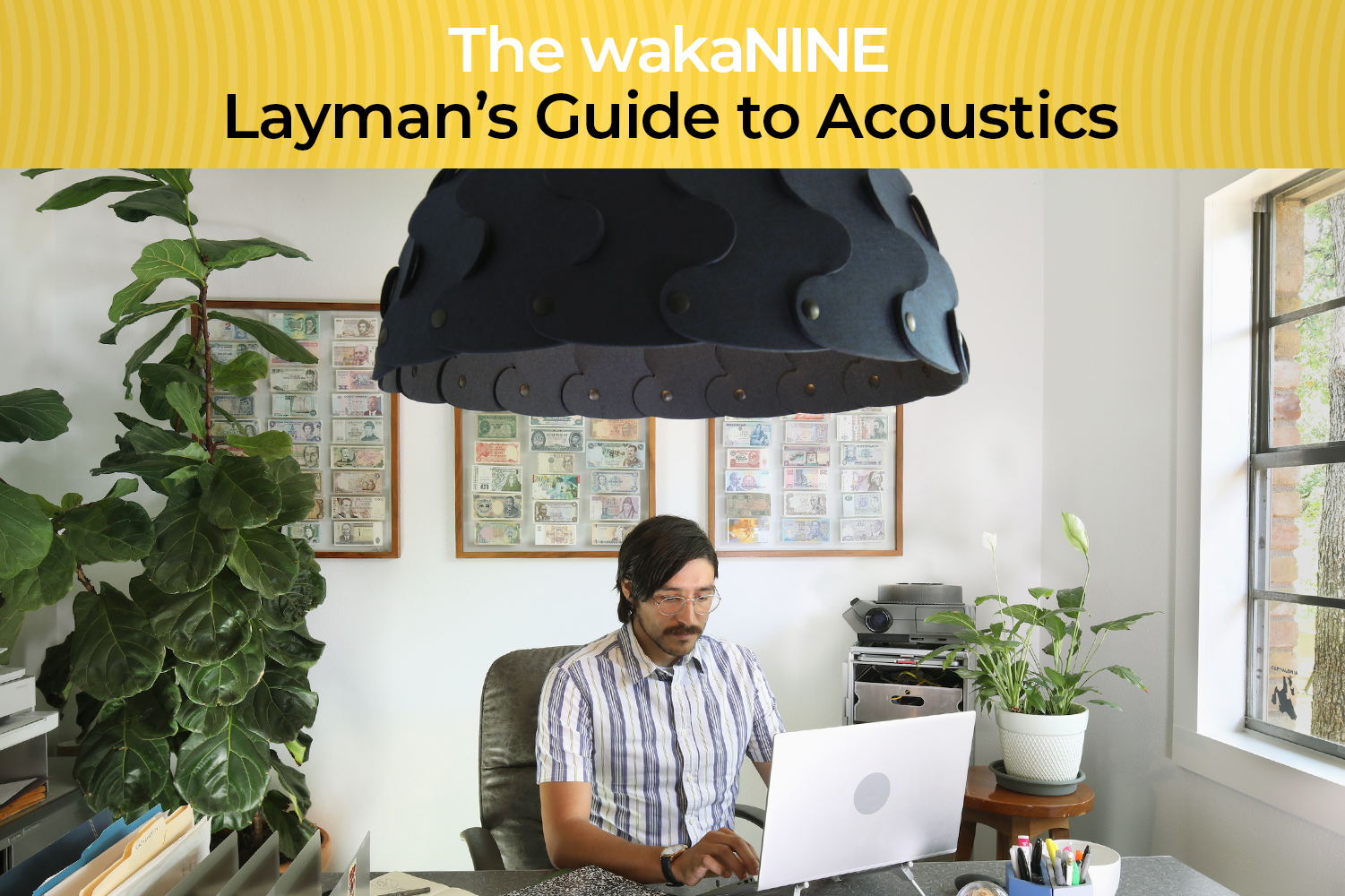
Understanding the Acoustic Solution to your Noisy Home Office
Why would a lighting company like wakaNINE be interested in sound? We work with designers and engineers, so we need to consider how we fill interior spaces for an optimal experience of the senses.
Here’s an easy-to-understand program intended for those of us who are not experts in the science of acoustics, but want a general understanding of how and why sound is able to be measured and managed in our home spaces.

It's Getting Noisier At Home
Post pandemic changes are here to stay. i.e. reconfiguring spaces to create a home office or home school space. One silver lining from being quarantined for a year? Not going back to the office full time. Many companies have revised WFH policies, proposing 3-5 days of remote work (dependent on the occupation) as they plan to reduce their physical office spaces by 30% on average. While there is a new work/life balance and a reduction in commuting and traffic, more people at home means more noise sensitivity during those zoom meetings.

Along with reevaluating our personal goals, there is a heightened interest in health and wellness. People are more conscious around what they put in their bodies and surround ourselves with when it comes to sustainable materials and products. Companies that disclose where materials are sourced are ones we want to support.
Enter the HUSH Acoustic Light Family – a fixture for your home that is scientifically proven to absorb ambient noise. Drink your coffee and cozy up to your laptop–HUSH wants you to focus while adding an appealing aesthetic touch to your space. From small, personal spaces to larger rooms – HUSH has an acoustic solution that pleases all the senses.
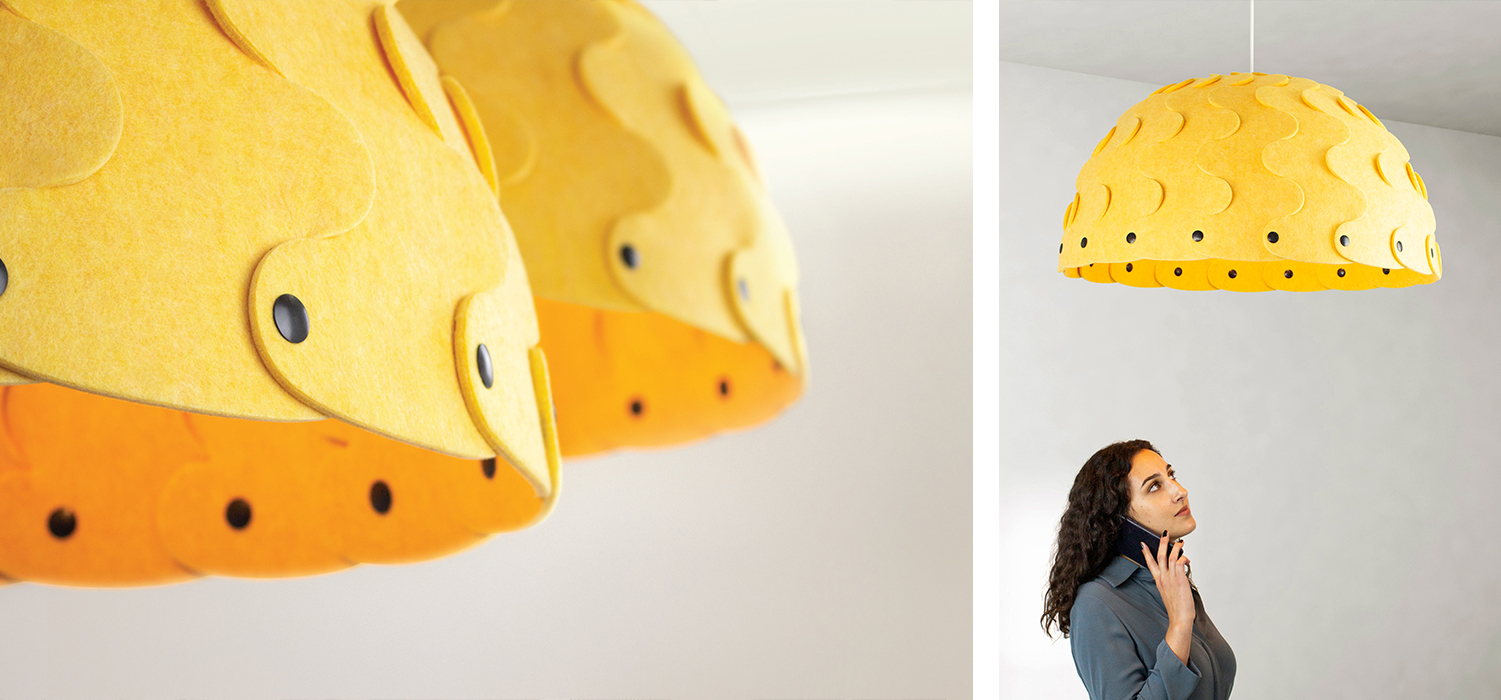
Why worry about acoustics anyway? With more people opting for remote work and study, it’s time to prioritize your focus and productivity. Did you know if you get interrupted or distracted when in the “concentration zone”, it can take up to 23 minutes to get back into that state of deep focus? (Source: University of California) to one nearby conversation (Source: Secret Life of Buildings). Consider a HUSH light because your home space is your sanctuary, a place to both see and hear your loved ones.
How Sound Travels
If we want to improve the acoustics in a room, we need to understand how sound waves travel. Make sense?
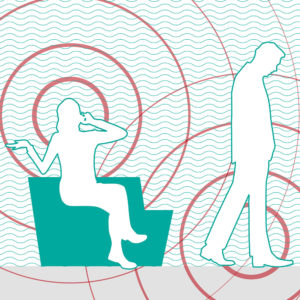
Sound is vibration, therefore when a sound strikes a hard surface it’s reflected back. When sound strikes an acoustic material, the energy is absorbed and therefore quieted. The more fibrous a material, such as PLN’s HUSH line, the better the absorption of sound.
All objects can be measured for acoustics. Some objects perform better acoustically than others. Glass, concrete and tile are examples of materials that reflect soundwaves and have poor acoustic performance, while carpets, fabrics, and overstuffed velvet couches are objects that better absorb soundwaves.
As room sizes get bigger, with open plans, double atriums, and higher ceilings, it drives the need for more acoustic absorption area. For the math nerds, the bigger the volume, the more absorptive material you need.
Hush Lights: What's Trending?
Popular style trends are Scandinavian and MidCentury Modern– not exactly known for plush adornments to absorb sound! We are seeing open floor plans, hard surfaces like concrete and wood, high ceilings, and minimal décor.
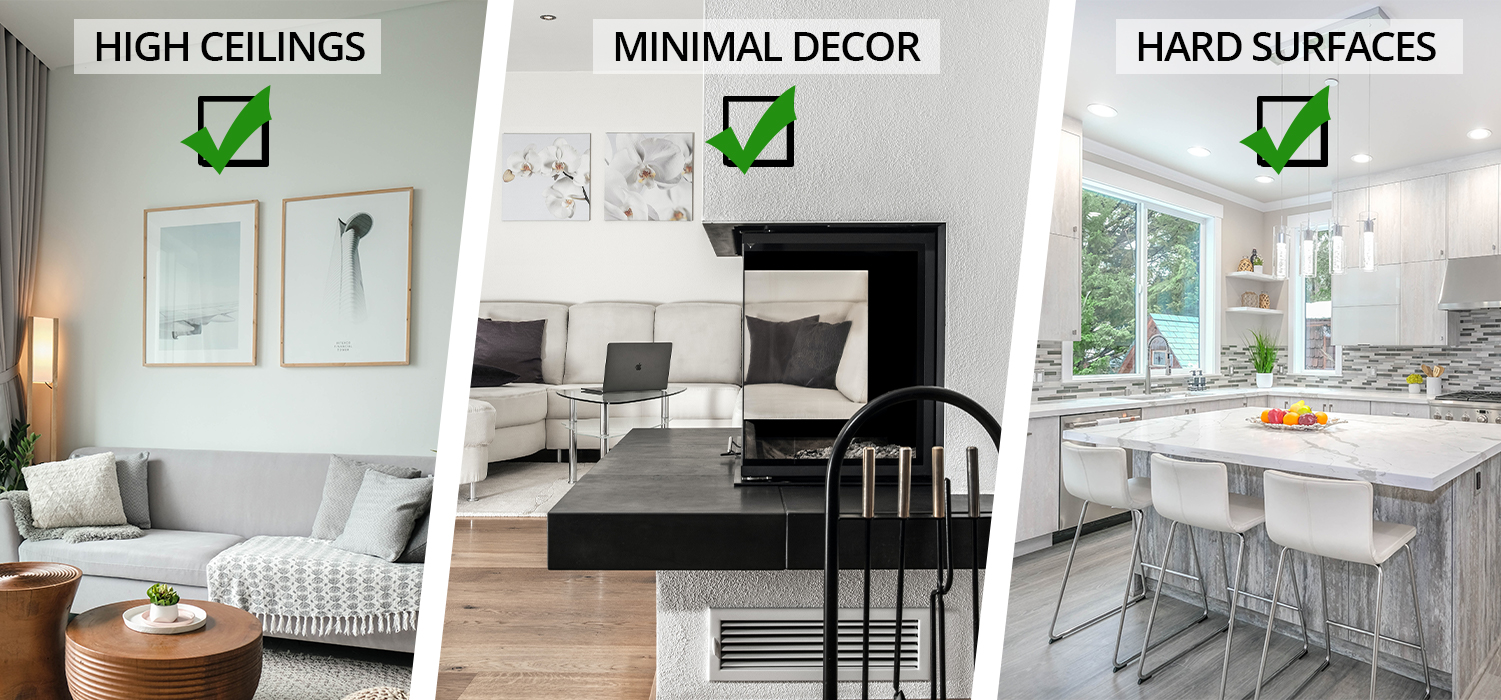
Carpet is over, welcome smaller area rugs. Walls are being knocked out to create more open space, and gone are the upholstery nightmares of our previous years.
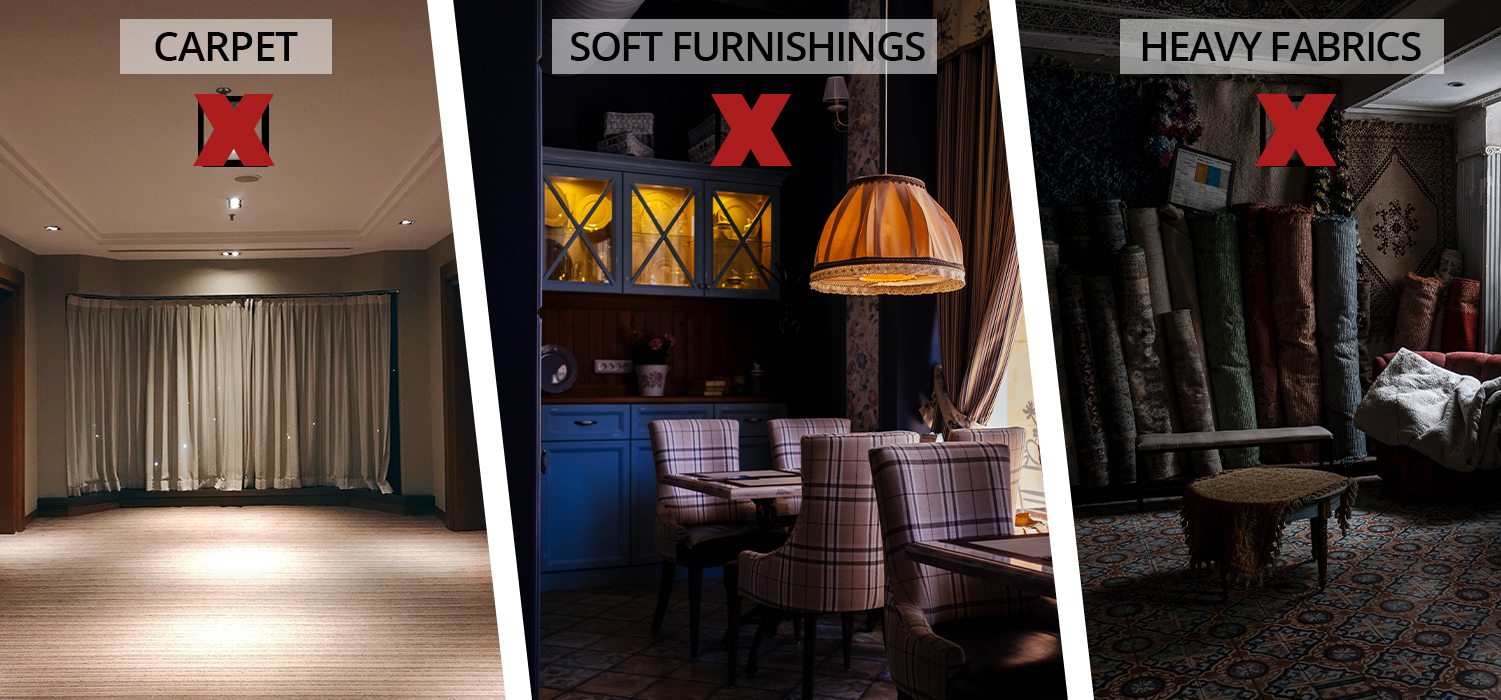
LET'S TALK TECH TERMS
Three technical terms in relation to managing the acoustics of an interior space are:
The NRC of a surface represents its ability to absorb versus reflect sound. A universal standard used in the acoustics industry, the higher the NRC, the better the sound absorption. NRC is an important measurement of the quality of acoustic material in an object, but doesn’t tell you the quantity of sound absorbed by that object. Think of this concept like checking the clarity of a diamond versus the carats.
Sound waves will repeatedly bounce off reflective surfaces until they gradually lose energy. This mix of sound reflection is known as reverb. Reverberation Time (RT) is the amount of time it takes for sound to decay after the source has been shut off.
Where there is less sound reverberation, there is a lower level of background noise and a more controlled acoustic environment. Reverberation time reduces when sound waves hit absorbent surfaces.
Sabin is a scientific term for a unit of measurement of sound absorption. The sabin value of an object is the quantity of sound that can be absorbed which improves the acoustics of the space. This is useful when calculating the sound quality in the room as it provides context. Think of this as the carats of a diamond (quantity), not the clarity (quality).

Need an example? Let’s consider your buddy’s outdated home office, the one with the shag carpet and old leather chair. This room may have short reverberation time (increased Sabin count), but the same room remodeled for modern tastes, with the concrete floor and standing desk, may be great for your posture but not for your ears- longer reverberation time per foot! That’s where HUSH comes in– Retrofit acoustic fixtures, furniture, or paneling to improve acoustics in these modern spaces.
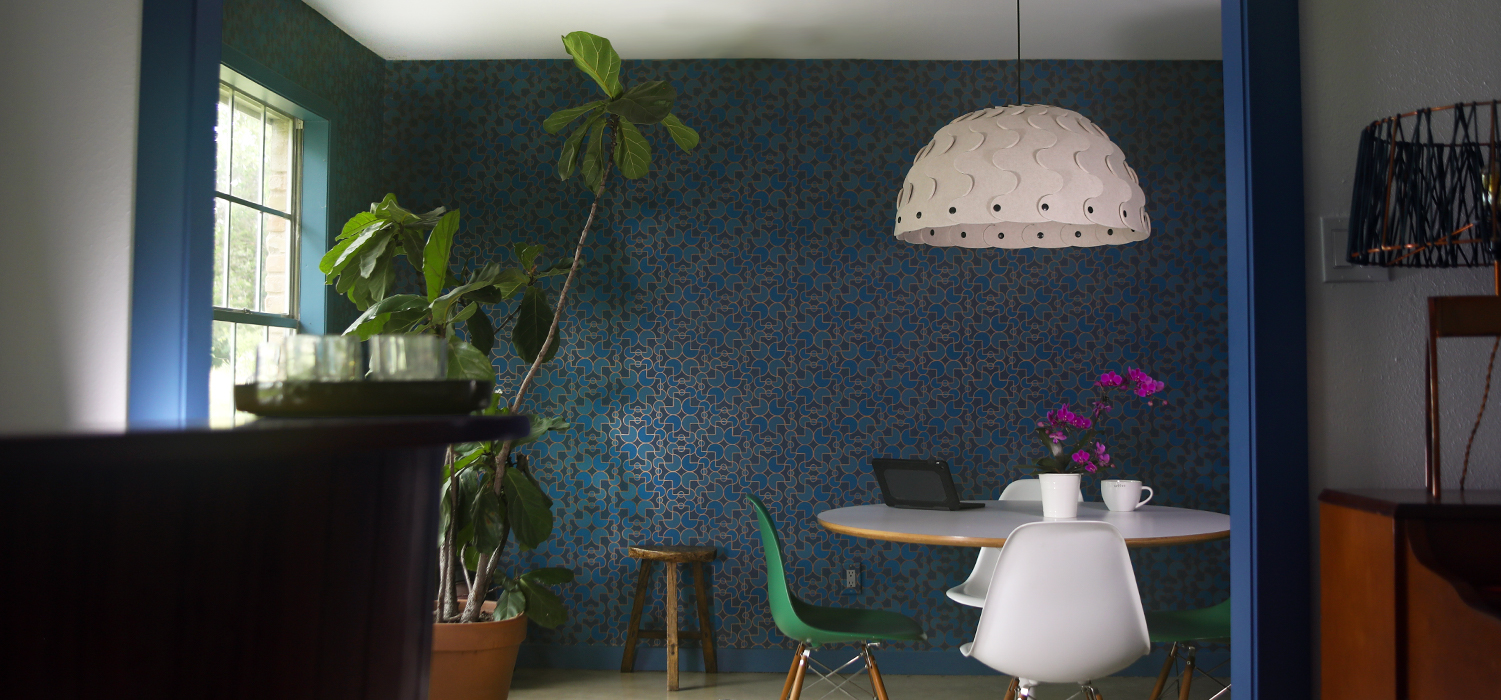
Tests can tell us whether Hush can effectively be used to improve acoustics. For the science geeks and technophiles, consult our acoustic report for specific measurements and data.
TL;DR
Still have your attention? Turns out, the intangibles (the things we take for granted because we cannot see or touch them) DO matter. Do you ever walk into a room declaring “Wow, the acoustics are excellent here!”? Unless you’re a recording artist (which our lights are great for!), we don’t think so. People only notice acoustics when they are poor quality- too loud, too noisy, too hard to focus. Designed by David Trubridge and made by PLN Group in New Zealand, the HUSH acoustic light is the elegant acoustic lighting solution for your office or think space.


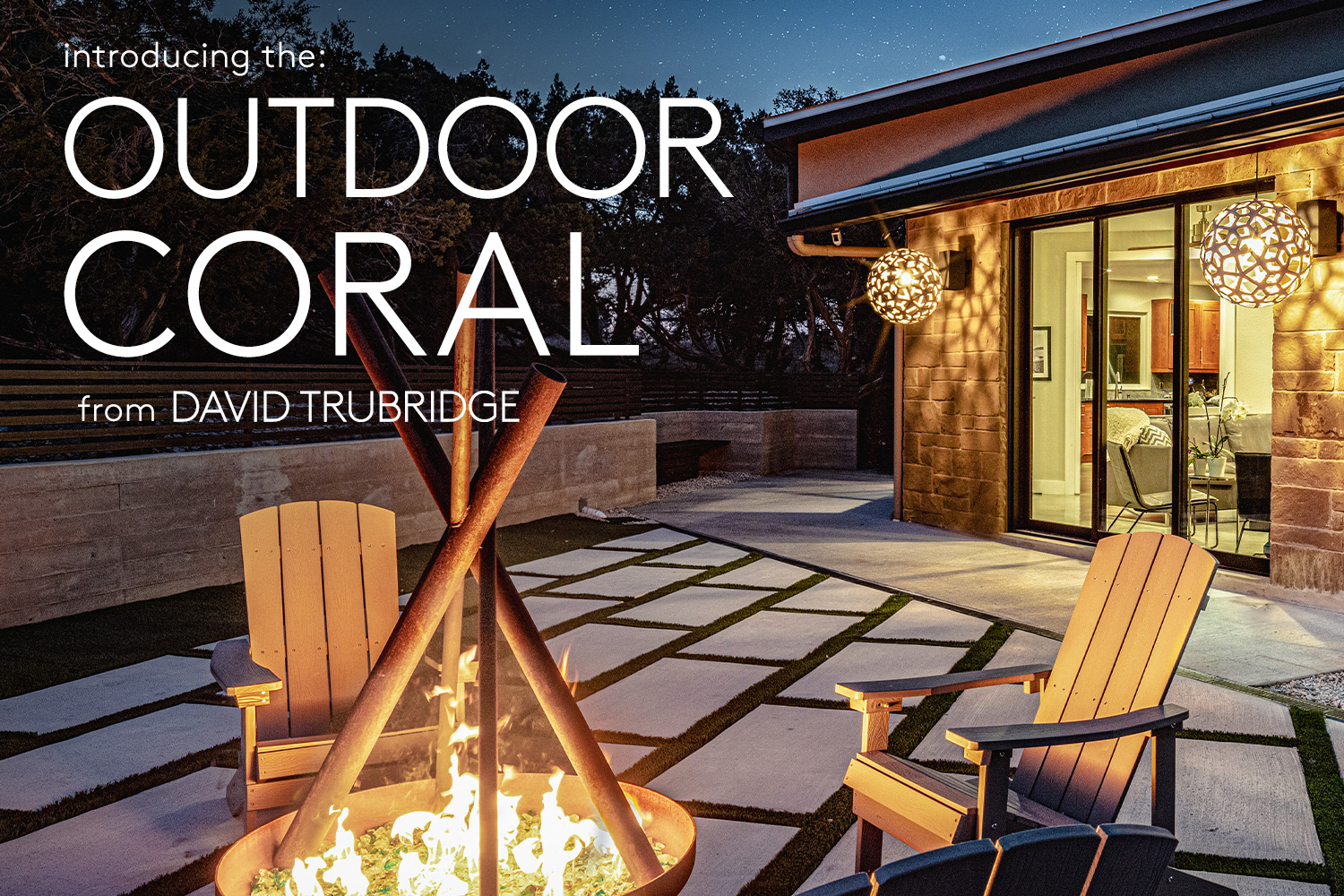
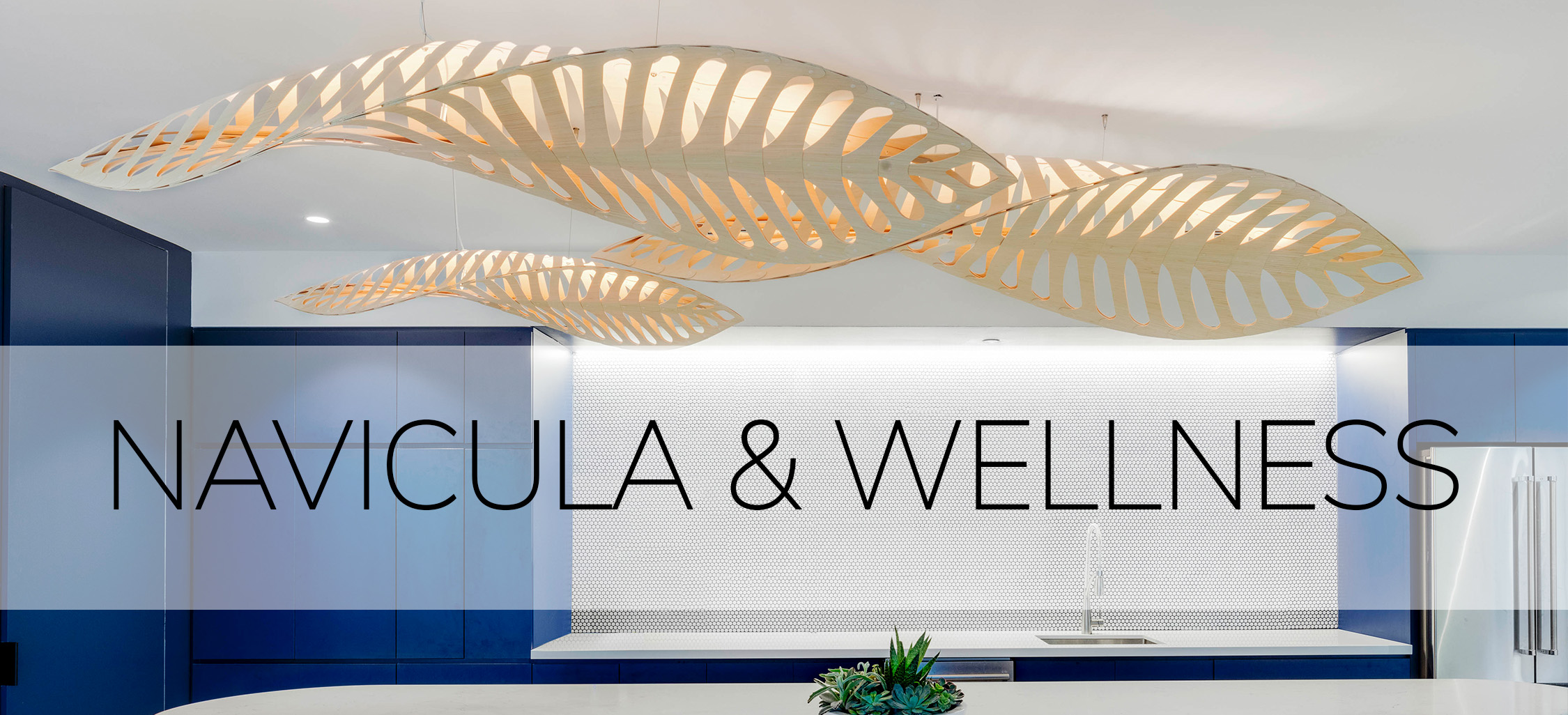
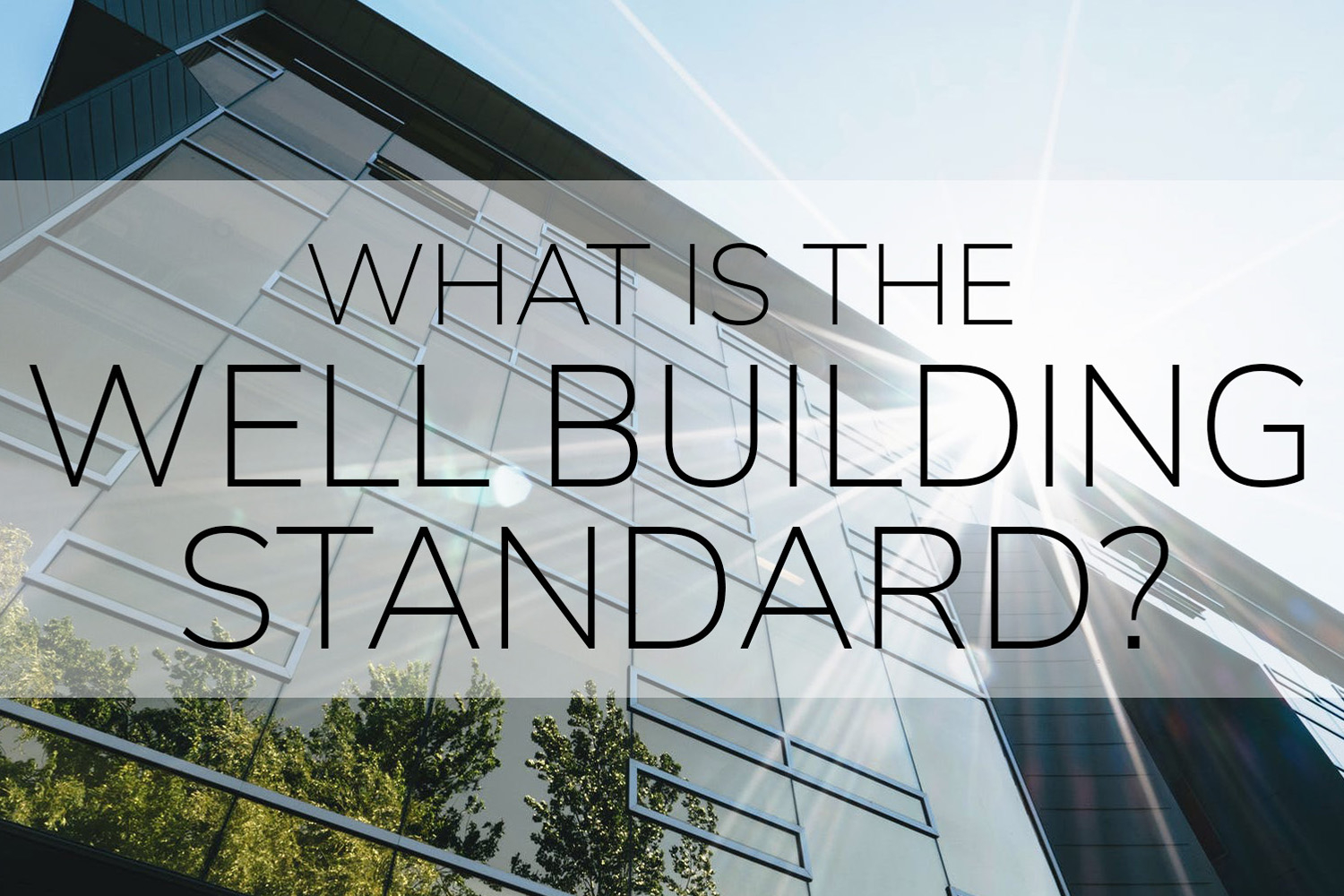
This Post Has 0 Comments